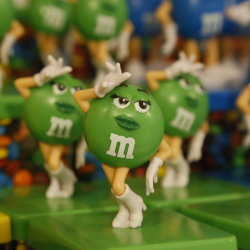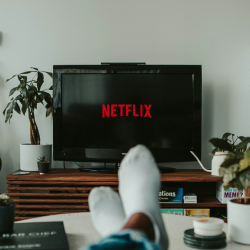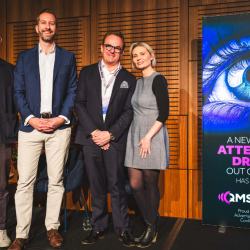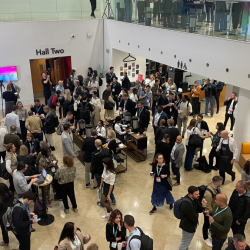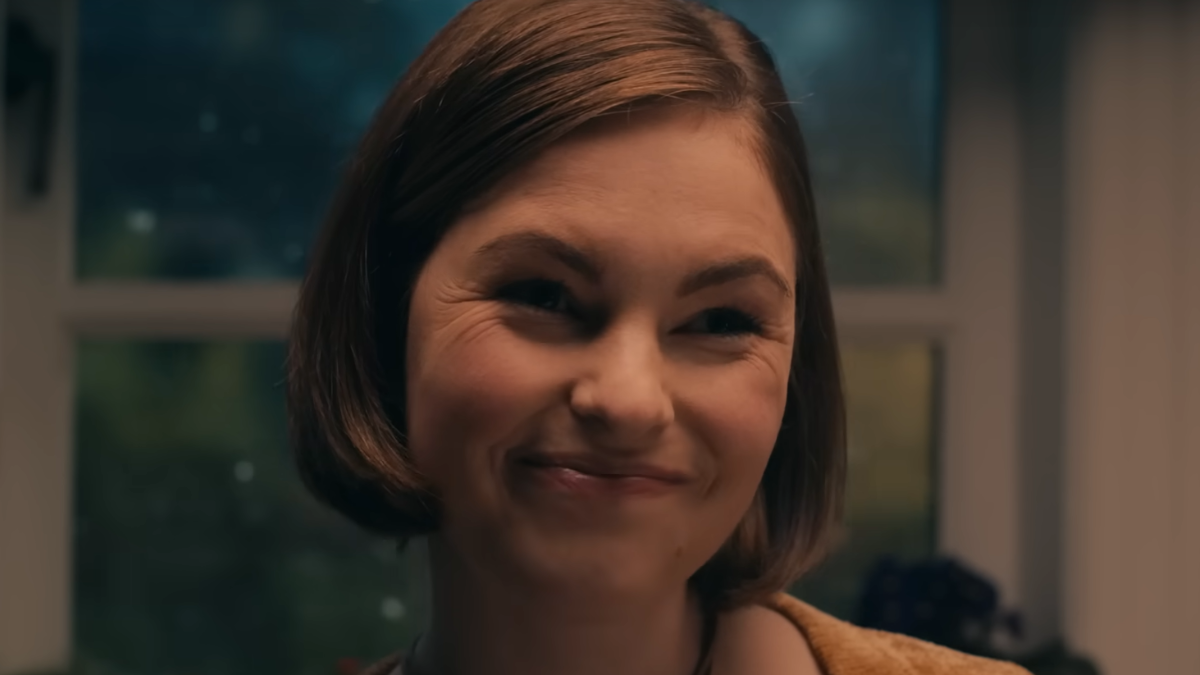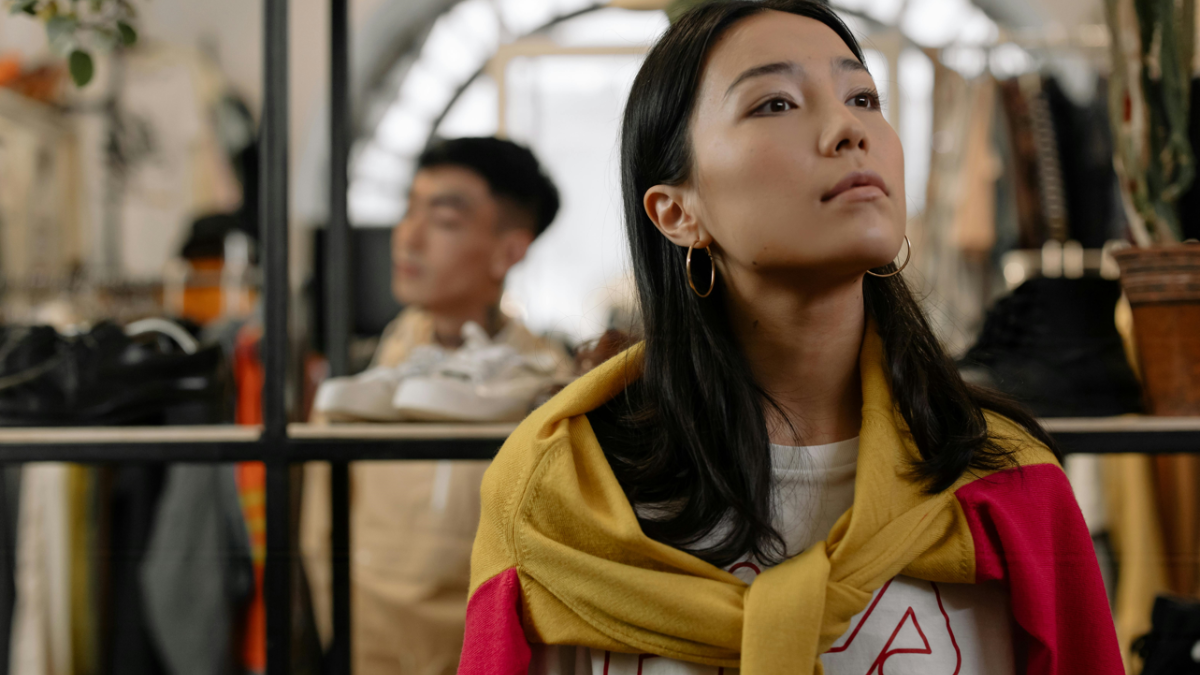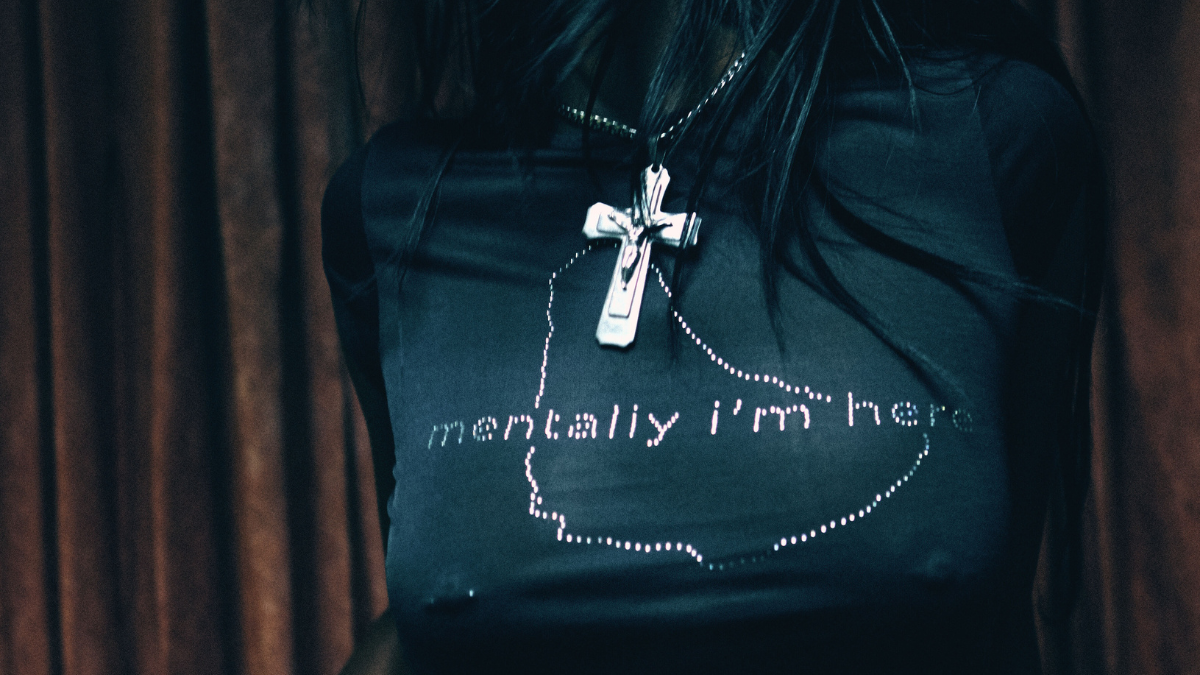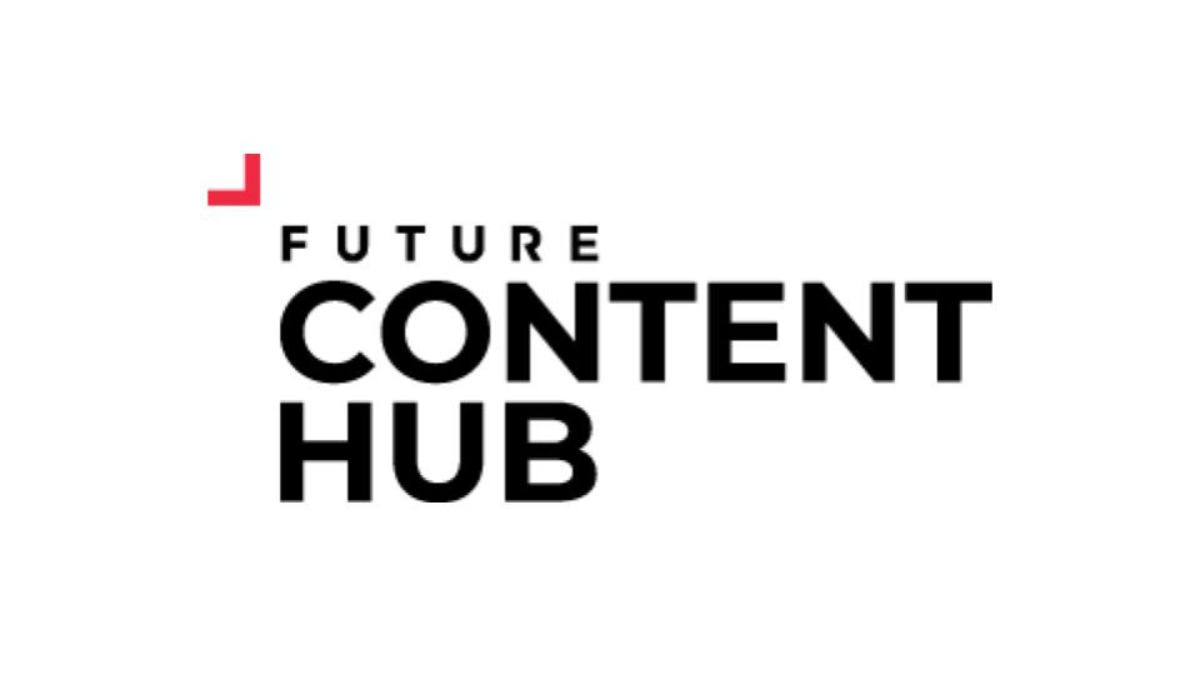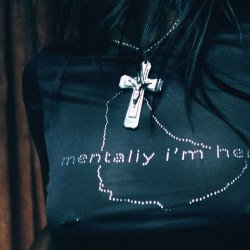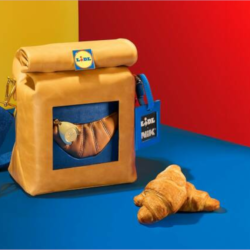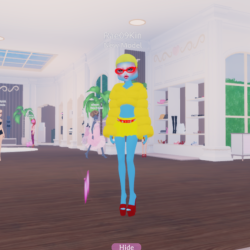If you’d experienced it in the 1960s, Beatlemania must have been quite the sight to behold. Screaming hordes of teenagers crying and fainting, crowd surges, hysteria, the band having to be taken off-stage or being trapped in their dressing room until the police arrived, and first-aid booths and cooling off tents being set up wherever they performed.
To many, these fans just seemed like crazies. But to fans themselves, this was about the band and what they stood for, and importantly, how those values represented their own day-to-day realities. This was post-war, consumerist, throw-off-the-shackles-of-Victorian-England, two-fingers up to the parents type of shit.
The Beatles and Beatlemania went hand in hand. It was a visceral, timely connection that embraced new ways of thinking about how we lived, with the fans forming a powerful community of like minds, united by music.
People’s attachment to music and the scenes it creates runs deep
As Casper Melville writes in his brilliant book on the rise of music cultures in London: “It is important to resist the argument that the sound systems and reggae culture in London can be understood simply as responses to racism and exclusion – they were equally responses to the requirement for employment and friendship, fun and freedom”.
What music means to fans is complex, but the public persona of the artists themselves has been shown to play a significant role. According to a study published in 2020, music fans tend to gravitate towards artists who convey a public persona that mirrors their own personality traits, something that the researchers are calling ‘the self-congruity effect of music’ — in-effect, fans connect with artists, genres or scenes that best reflect their own — real or desired — personality.
Music is, and always has been, very personal
The spirit, community, clothes, venues and vibes. It all comes together to create meaning for fans at a higher order level than just the artist and their songs.
In her three decades of studying the fans of an array of artists, Gayle Stever, professor of psychology at Empire State College learned that the motivations for becoming a fan aren’t rooted in merely a one-sided obsession with artists or bands, but come from “a sense of personal identification and very real relationships with other fans.”
When studying the behaviour of Prince fans, she noted: “They were relating to him on a deeper level, whether it was his creativity and his artistry and his introspection, they think, this is someone who’s like me.”
And with modern technology has come opportunities for the proximity that fans have to musicians to be closed dramatically, further enhancing the feeling that they’re truly part of something. From Patreon and Bandcamp, to Twitter and TikTok, fans now have more ways of supporting artists and seeing them ‘from the inside’ than ever before.
Understanding this spectrum of fandom, from the listeners at arm’s length to avid ‘Stan’ groups — communities of hyperactive fans who help drive streaming sales, such as those enjoyed by artists as diverse as Beyonce, Taylor Swift and Doja Cat — is key to brands getting any kind of engagement in music right. Ultimately, brands are seeking an audience and want to use music as a way of reaching them.
But it’s clear they must tread carefully, and ask themselves some key questions before engaging, which are:
- Are we adding real value to fans? Is it better or worse for fans that we’re here?
- Do our brand values and behaviours align with those that the artist is perceived to have?
- Is our relationship one of pure association, or are we able to co-create with fans and artists?
Brands such as Red Bull providing studio space for up-and-coming artists is a great example of a positive contribution to a music scene. Clarks collaboration with Colors is also a smart alignment of brand values with artistic talent.
On the flipside, simple brand sponsorship of a music stage is just lazy. And worst still, taking a prime slot without care and attention (special mention to KFC) just misses the point completely.
True music fandom is about connecting on a human level with community, belonging, and identity. There’s enormous potential for brands to connect that way, but they’ve got to play it right, or else the fans see straight through it.
As Mike Marqusee wrote in his study of Bob Dylan in the ’60s: “What matters in the history of popular culture, in the end, is not merely how many people buy a product but what that product means to them, the role it plays in their lives, its shaping power over their imaginations.”
Feature image / Clarks and Colors’ music platform
